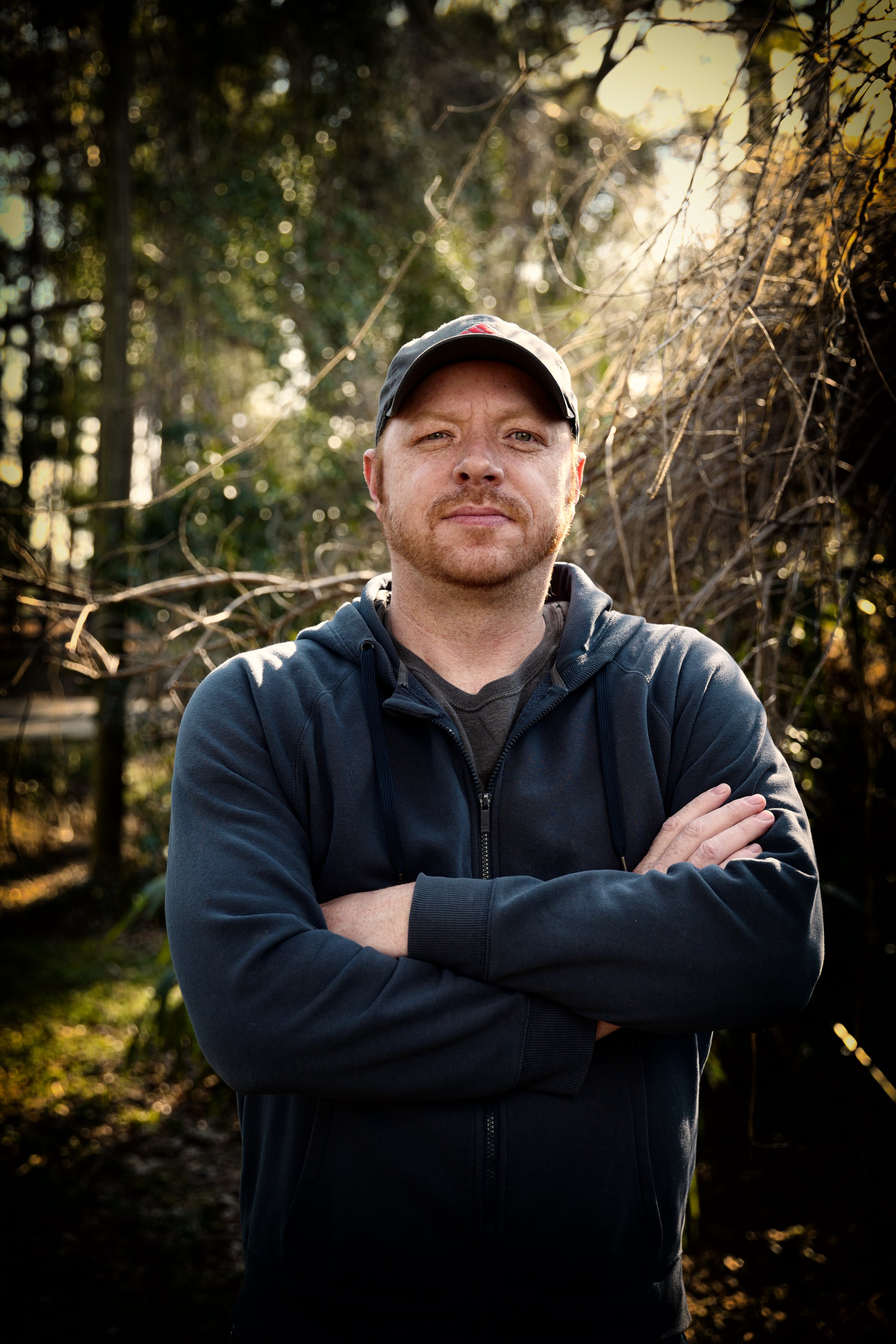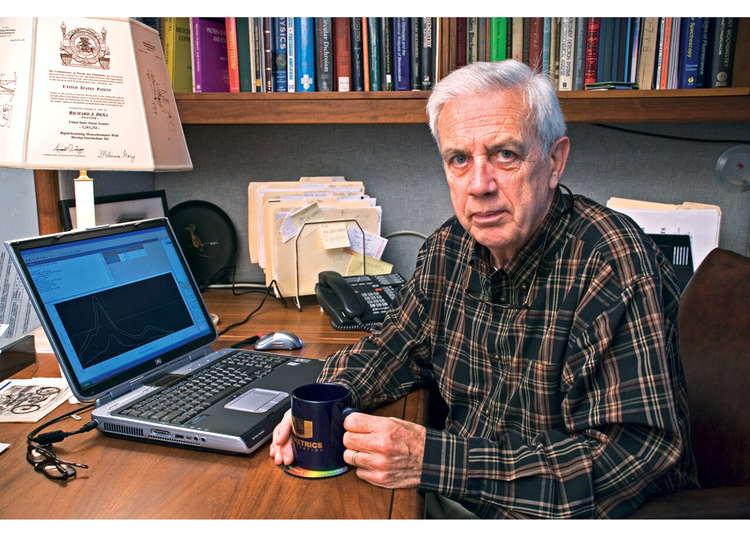Circularly Polarized Luminescence for Dummies
Table of ContentsLittle Known Questions About Uv/vis/nir.See This Report about Circular DichroismIndicators on Uv/vis/nir You Should KnowThe Buzz on Uv/vis/nirExamine This Report about Circularly Polarized Luminescence

Spectrophotometry is a tool that hinges on the quantitative analysis of particles depending on how much light is taken in by colored substances.
The Basic Principles Of Uv/vis/nir
A spectrophotometer is commonly utilized for the measurement of transmittance or reflectance of options, transparent or opaque solids, such as refined glass, or gases. Although numerous biochemicals are colored, as in, they soak up visible light and for that reason can be measured by colorimetric treatments, even colorless biochemicals can often be converted to colored compounds ideal for chromogenic color-forming responses to yield substances ideal for colorimetric analysis.: 65 However, they can likewise be developed to measure the diffusivity on any of the listed light ranges that typically cover around 2002500 nm utilizing different controls and calibrations.
An example of an experiment in which spectrophotometry is used is the decision of the equilibrium constant of a solution. A particular chemical response within a solution might happen in a forward and reverse instructions, where reactants form products and items break down into reactants. At some point, this chain reaction will reach a point of balance called a balance point.
Circular Dichroism Can Be Fun For Anyone
The amount of light that passes through the solution is indicative of the concentration of certain chemicals that do not permit light to go through. The absorption of light is because of the interaction of light with the electronic and vibrational modes of particles. Each type of molecule has a private set of energy levels associated with the makeup of its chemical bonds and nuclei and hence will take in light of particular wavelengths, or energies, leading to special spectral homes.
They are commonly used in many industries consisting of semiconductors, laser and optical production, printing and forensic evaluation, as well as in laboratories for the study of chemical substances. Spectrophotometry is typically utilized in measurements of enzyme activities, determinations of protein concentrations, determinations of enzymatic kinetic constants, and measurements of ligand binding reactions.: 65 Ultimately, a spectrophotometer is able to identify, depending on the control or calibration, what substances are present in a target and precisely how much through computations of observed wavelengths.
Created by Arnold O. Beckman in 1940 [], the spectrophotometer was produced with the aid of his coworkers at his business National Technical Laboratories founded in 1935 which would become Beckman Instrument Company and ultimately Beckman Coulter. This would come as a solution to the formerly developed spectrophotometers which were not able to soak up the ultraviolet correctly.
8 Easy Facts About Circular Dichroism Described
It would be discovered that this did not give acceptable outcomes, for that reason in Design B, there was a shift from a glass to a quartz prism which permitted better absorbance outcomes - UV/Vis/NIR (https://padlet.com/julieanndesalorenz30606/olis-clarity-srqqvp7768okh664). From there, Model C was born with an adjustment to the wavelength resolution which wound up having 3 units of it produced
It irradiates the sample with polychromatic light which the sample takes in depending upon its properties. It is transmitted back by grating the photodiode array which finds the wavelength region of the spectrum. Since then, the development and implementation of spectrophotometry gadgets has actually increased tremendously and has actually become one of the most ingenious instruments of our time.

Circularly Polarized Luminescence Things To Know Before You Get This
The grating can either be movable or repaired.
In such systems, the grating is repaired and the intensity of each wavelength of light is measured by a various detector in the selection. When making transmission measurements, the spectrophotometer quantitatively compares the fraction of light that passes through a recommendation option and a test option, then digitally compares the intensities of the two signals and computes the portion of transmission of the sample compared to the recommendation requirement.
